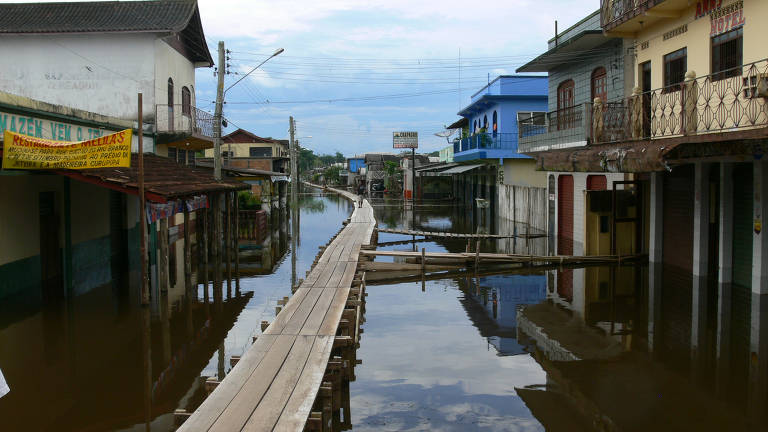Long episodes of draught have been tormenting people in the Amazon in the last few decades. But a new study published in the journal Science Advances uses data from the late 20th century to show that the frequency of flooding has been frightening increasing since then - with a likely link between the phenomenon and the global climate change.
To be precise, floods in the Amazon are now five times more common now. Instead of happening once every 20 years, as it was the case until the first half of last century. But since the early 2000s, they have been happening once every four years. And the floods are now also more severe -- the ones from 2009 and 2012 have no historical precedent, for example.
The team used information on water levels of the Rio Negro, in Manaus, that were gathered daily between 1903 and 2015, and of the Amazon River, in Óbidos (PA), between 1970 and 2015, as well as rainfall indexes and atmospheric surveys.
Researchers found a high correlation between the water levels in both places throughout the studied period. In general, when Manaus floods, the same happens in Óbidos.
In general, the Amazonian weather in recent years, especially the part measured by rainfall, seems to be a textbook example of what most scientists are expecting from climate change: increased frequency of the so-called extreme climate events, with dry seasons rarer than normal and rainy seasons "wetter" than expected.
Translated by NATASHA MADOV
Read the article in the original language
